Visiting the Mole Antonelliana in Turin means immersing yourself in an experience that combines art, history, innovation and a pinch of mystery because it lends itself to many types of interests, whether for a film buff, a mathematics lover or simply a tourist looking for fascinating views and stories. The history of this monument is intriguing, like its secrets.
Discover with us other curiosities about the symbol of Turin, the beating heart of the city and let yourself be seduced by other details regarding the Mole Antonelliana.

Mole Antonelliana, where it is located and how to visit it
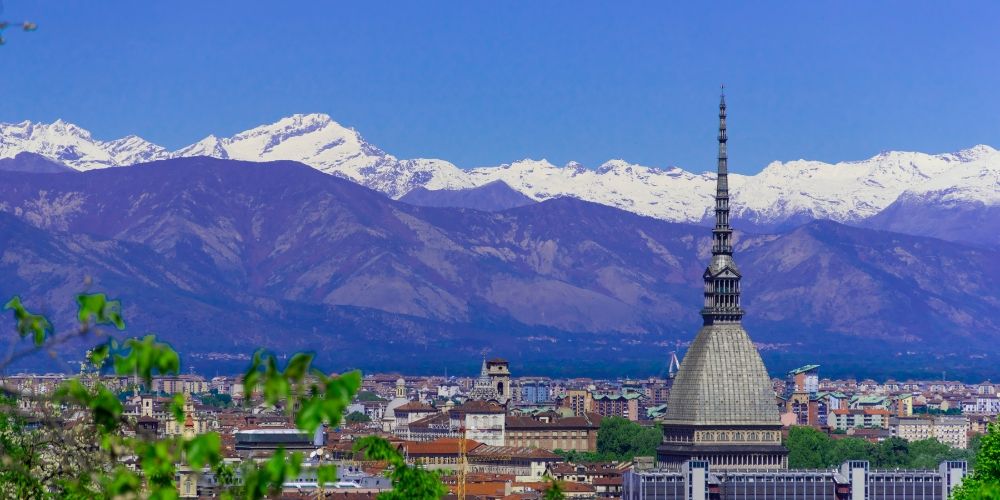
The Mole Antonelliana is located in the historic center of Turin, between Via Po and Corso San Maurizio (within the Limited Traffic Zone).
Its central location makes it easily accessible on foot or by public transport, and it is close to other places of interest such as the Egyptian Museum, Palazzo Madama and Valentino Park.
Climbing the Mole Antonelliana is possible as well as enjoying the breathtaking view of the city and the surrounding Alps from that height.
Until recently, access to the viewpoint was possible via a long staircase, while today it is via a modern panoramic lift.
You may wonder if the Mole Antonelliana is worth it? Yes, the Mole is worth a visit because it is one of the most fascinating places in Turin, for several reasons.
First of all, it offers one of the best panoramic views of the city, then it houses the National Cinema Museum, which is one of the most important and visited museums in Europe and finally represents a masterpiece of engineering and architecture.
At this point you will have already understood that the Mole Antonelliana is important because it is much more than a simple tourist attraction as it is a place that offers a multitude of experiences, suitable for everyone.
If you are in Turin, you absolutely cannot miss it!
Visit the Mole Antonelliana & Cinema MuseumFrom the origins to the birth of a symbol
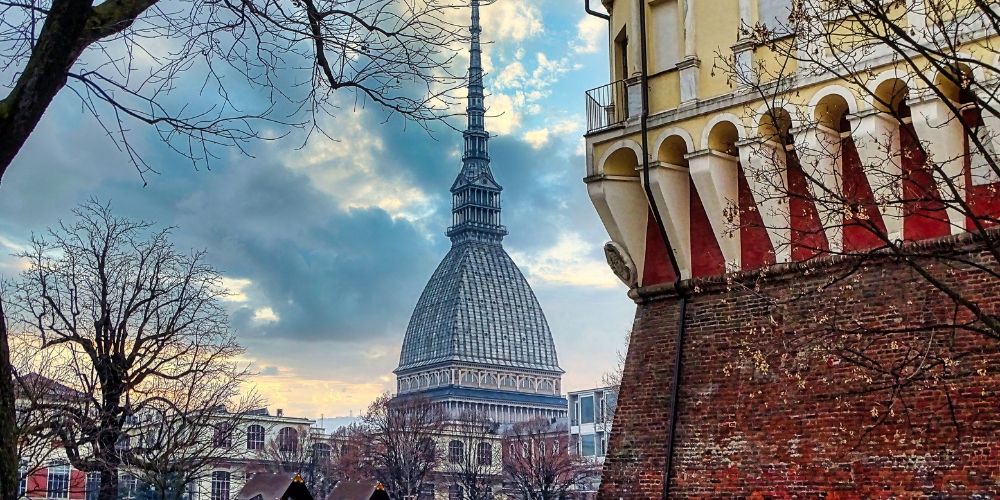
You should know, to begin with, that the Mole was commissioned in 1863 by the Turin Jewish community as a synagogue, but the costs and architectural ambitions architect, Alessandro Antonelli, led to an escalation of the project, making it too expensive.
In fact, he would have liked to build an even taller and more complex building, but the instability of the ground and the prohibitive costs forced him to stop.
In the end, the Jewish community gave up on the project and the city of Turin took possession of it, turning it into a national monument.
For many years, with its 167.5 meters, it was the tallest building in Europe, until, in 1889, they built the Eiffel Tower which, with its 330 meters, took away its record.
Since 2000, the most beautiful dome in Turin has housed the National Museum of Cinema, one of the most important in Europe.
In 2004, the building was also the protagonist of the Italian film "After Midnight" and this helped to strengthen the link between the Mole and the seventh art, increasing tourist interest in the building.
Finally, the creation of a panoramic elevator made entirely of glass, which takes 59 seconds to take visitors to a height of 85 meters, has helped to make the Mole also a landscape observation point, from which to enjoy a spectacular 360° view of Turin and the Alps.
The esoteric significance of its architecture
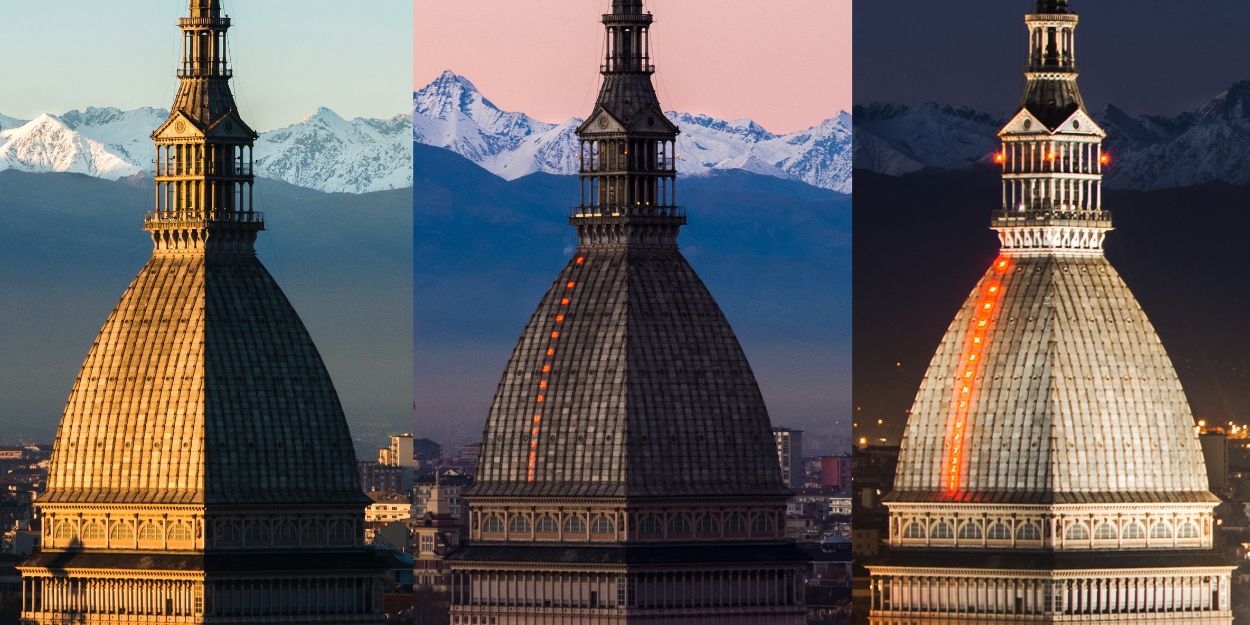
Turin has always been considered an esoteric city, shrouded in an aura of mystery and legends that have their roots in its thousand-year history.
It is said to be one of the vertices of two magic triangles: that of white magic, together with Lyon and Prague, and that of black magic, with London and San Francisco.
Even the Mole Antonelliana is part, for various reasons, of different esoteric interpretations that amplify its charm.
For example, its pyramid-shaped structure, topped by an imposing spire, is seen by some as an energy antenna: in fact, according to some esotericists, it would channel positive energy from underground and radiate it over the city, acting as an energy balancer.
Furthermore, the five-pointed star placed at its summit is the subject of various interpretations. Some associate it with Lucifer, the "bearer of light" in occult tradition, a symbol of knowledge and rebellion. Others see it as a protective talisman, intended to keep dark forces away from the city.
Finally, the numerology related to the original height of the Mole, 167.5 meters, has sparked speculations about possible mystical meanings and connections to secret Masonic codes.
These interpretations contribute to making the Mole Antonelliana not only an architectural masterpiece but also a fascinating mystery within the rich esoteric heritage of Turin.
The Cinema Museum in the Mole Antonelliana
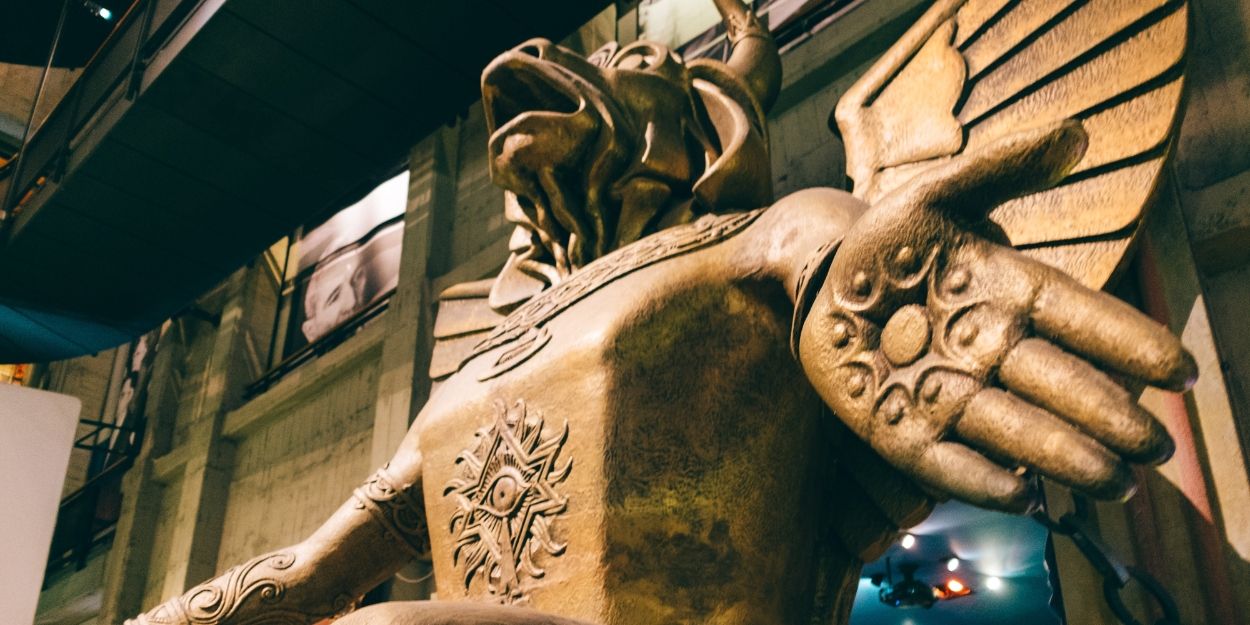
Visiting the National Cinema Museum inside the Mole Antonelliana is a unique experience that combines culture and entertainment.
Why should you definitely not miss it?
Because this Museum is not a simple exhibition of memorabilia, but an interactive path that allows you to discover the evolution of cinema, from magic lanterns to modern special effects.
In fact, thanks to spectacular scenographic installations, the visitor can experience cinema firsthand.
A unique Museum of its kind, which unlike other film museums in the world, is not just an archive of objects, but a real immersive experience.
In fact, the Museum houses unique pieces, such as vintage posters, stage costumes, historical cameras and even objects that belonged to great directors and actors. Among the most famous, there are the mask of Darth Vader and the costumes of unforgettable films but the thematic rooms are set up as film sets, transporting the visitor to fantastic worlds.
In addition to this permanent collection, the Museum regularly hosts temporary exhibitions dedicated to the great masters of cinema and organizes screenings and special events.
Thanks to its interactivity, the National Cinema Museum fascinates both adults and children. The little ones can have fun with visual games, optical illusions and discover cinema in an engaging way.
Small curiosities about Mole Antonelliana
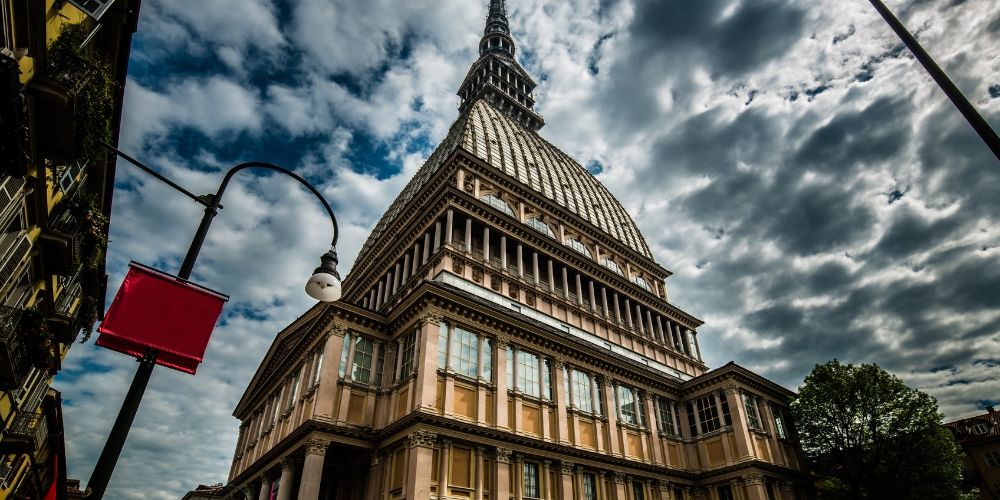
We could not end this article on the Mole Antonelliana in Turin without mentioning some small curiosities that few people know:
- Inside the Mole there is a second dome, hidden from the sight of visitors. This internal structure is crucial to the stability of the building and creates an incredible interplay of voids and solids.
- The architect Antonelli was known for his interest in symbolism and particular geometric proportions. In fact, it seems that the Mole contains references to the golden ratio and the Fibonacci sequence, because some scholars have identified in the parts of the building this mathematical proportion considered aesthetically perfect and recurring in nature, art and architecture.
- Despite its height, the structure of the Mole is designed to withstand the oscillations caused by the wind and counteract the "pendulum effect". Its internal skeleton was reinforced in 1953 with structural measures that guarantee its stability.
- During the Second World War, Turin suffered heavy bombing. To protect a precious collection collected by the archaeologist Maria Adriana Prolo, the basement of the Mole Antonelliana was used as a safe haven for these treasures.
- Some local legends associate the Mole Antonelliana with the search for the Holy Grail, suggesting that the building may hold mystical secrets related to this relic. Although there is no concrete evidence to support this theory, it contributes to the mysterious fascination of the Mole.
- Some stories speak of inexplicable phenomena inside the building, such as mysterious shadows and inexplicable sounds at night. Paranormal lovers speculate that the Mole may be "inhabited" by presences linked to its long history.
About the author
Written on 15/04/2025




Giacinta Navarra
Discover the Mole Antonelliana: fascinating history, spectacular views and the famous Cinema Museum!